Lab Grown Diamond Myths & Facts: Everything You Need to Know About Lab Diamond Jewelry
Introduction
Whether you’re on a budget or want to make a more responsible choice, you might be considering buying a lab grown diamond. Like any innovation, there’s a lot of mystery and myth surrounding this diamond innovation. Lab grown diamonds are quickly becoming one of the most popular choices for ethical engagement rings and ethical heirloom jewelry as they’re conflict-free, traceable, and can be lower impact mined diamonds. Read on to learn the truth behind the top Lab grown diamond myths and misconceptions and see how they compare to diamonds mined from the earth.
1. Is a lab grown diamond just as good as an Earth Mined Diamond?
People often assume that Lab diamonds are fake or that an engagement ring requires a mined diamond. Lab grown diamonds are actually certified as real diamonds and are not the same as cubic zirconia or moissanite.
The only difference between natural and lab grown diamonds is that one is mined and the other is cultivated in a lab. With the lab grown method, you could have a diamond within weeks. There are two processes through which lab grown diamonds are made – either Chemical Vapor Deposition (CVD) or High Pressure-High Temperature (HPHT). Both of these articulate the molecular process that happens with natural diamonds.
With HPHT, a diamond seed is placed into a carbon piece and pressurized while being exposed to extreme heat. The combination of the heat and pressure melts the carbon and forms the diamond around the seed, recreating the formation of a natural diamond. HPHT is an older technology and is primarily used for melee diamonds.
With CVD, a diamond seed is used and is placed in a sealed chamber that is about the size of a desk. The diamond seed is put under extreme heat while carbon-rich gases are added. They ionize with the plasma, breaking down the gas’s molecular bonds. This pure carbon sticks to the seed during this process, forming the diamond. CVD can also be used to enhance the color of the diamond after creation.

2. Not All Lab Diamonds Are the Same
Just like natural diamonds, no two lab grown diamonds are the same. Even if they were put through the same forming process, lab grown diamonds will always have their own nuances. You’ll often need a magnifying glass to see these subtle differences, but they’ll be there.
Lab diamonds have the same grading system as mined diamonds, so you can compare their 4Cs that give the diamond its distinctive silhouette and style. The testing for this jewelry is the same, and you can get a full diamond report from institutions like the Gemological Institute of America (GIA).
As lab grown diamonds are made in a controlled environment, the jeweler can get more creative with the stone and make you exactly what you’re looking for. While they still have inclusions, you’ll often get a higher clarity and cut grading with lab grown diamonds. When you choose this conflict-free alternative, you can get a higher carat and diamond grade at a more attainable price point. Every grown diamond over .5ct+ that we carry is traceable meaning you can know exactly where it has come from.
3. Are lab grown diamonds less sparkly?
A lab grown diamond is a diamond. You’ll often get a more brilliant sparkle with these diamond alternatives. While they both look the same visually, a lab grown diamond is created in a controlled environment, meaning that the diamond cut can have a more premium finish.
Along with the same sparkle, your conflict-free sustainable diamonds will have the same fire and scintillation as their mined alternative. As they have the same carbon composition, you’ll get the same experience with lab grown diamonds.
The only way someone will know you’re wearing a lab grown diamond is if you tell them. With sustainability and ethical fashion on the rise, you might want to make a point of telling them!
4. Do lab grown diamonds hold their value?
Personal jewelry in general shouldn’t be considered an investment. Unless you’re buying a piece with a six-figure price tag from an auction house, you won’t be selling it on for a profit. The lab grown diamond market is not only cheaper than its natural counterpart but also more stable. In terms of percentage, both a lab grown and natural diamond will hold the same value after you purchase it. The difference is that gown diamonds are 20-50% less expensive than mined diamonds, making them a more affordable purchase.

5. Can a jeweler tell if a diamond is lab grown?
Our first myth is the idea that there is a noticeable difference between natural and lab grown diamonds. You might think that someone could tell your diamond is lab grown with a simple glance. In reality, natural and lab grown diamonds look the same to the naked eye. Why? Because they have the exact same composition.
With more attention being paid to the sustainability and ethics of jewelry, it’s no surprise that couples are choosing lab grown diamonds instead. If you’re a forward-thinking couple looking for ethical engagement rings, lab grown diamonds are often your best choice. Your engagement ring is a way of showing the world your love, as well as who you are.
The demand for sustainable diamonds is growing every year, meaning a lab grown diamond may be a smarter purchase than its more expensive counterpart. Grown diamonds are ethically made, with many manufacturers fairly paying their workers.
The market for lab grown diamonds is starting to boom, with more consumers making ethical choices. Your lab grown diamonds will be a family heirloom that you can pass down to the next generation – just like mined diamonds.
6. Do Labs grow diamonds dull over time?
Diamonds have a hardness of 10 on the Mohs hardness scale. We’ve all heard the phrase popularised from the James Bond films that “diamonds are forever”. This idea leads people to assume that lab grown diamonds don’t have the same durability as natural diamonds. When you examine the two, you’ll see that they have the same composition and properties. Their structures and carbon composition are identical, meaning they have the same durability.
Along with durability, there are several misconceptions around the lifespan of lab grown diamonds vs. mined diamonds. Your lab diamond won’t lose its color or fade over time. It’s just as durable as mined diamonds – you won’t see any cracking, discoloration, or fading. Just because your diamond was made in a lab, it doesn’t make it any less durable.

7. Lab Diamonds are Better for the Environment
One major misconception is the belief that all lab grown diamonds very environmentally friendly. This myth comes from a misunderstanding of how these diamonds are created. Grown diamonds do require mining of carbon seeds and a large volume of fossil fuel energy and water. However some grown diamond manufacturers use solar power, capture carbon emissions, and the .5+ Ct diamonds we use are certified SCS sustainable or carbon negative. But even compared to traditional lab diamond manufacturing it is still slightly less impact. Earth mined diamonds require thousands of tons of earth to be disturbed and hundreds of gallons of water to extract a single carat.
Grown diamonds are gaining traction as an eco-friendlier option if you want a classic diamond piece. Our grown diamonds over .5 carats are SCS certified sustainably rated or made from sequestered carbon pollution, making them the perfect choice for the modern woman.
8. Lab-Grown Diamonds are the Future
Diamonds are a girl’s best friend – and they don’t have to be harmful to the planet. Lab-grown diamonds are here to stay and the future of jewelry, making the industry more accessible and on the road to sustainability. You get the same sparkle and stunning appearance of mined diamond and all the benefits that come with it. The only difference is where they are sourced from. We hope we’ve debunked these myths, so you can purchase lab grown diamonds with confidence.
4 comments
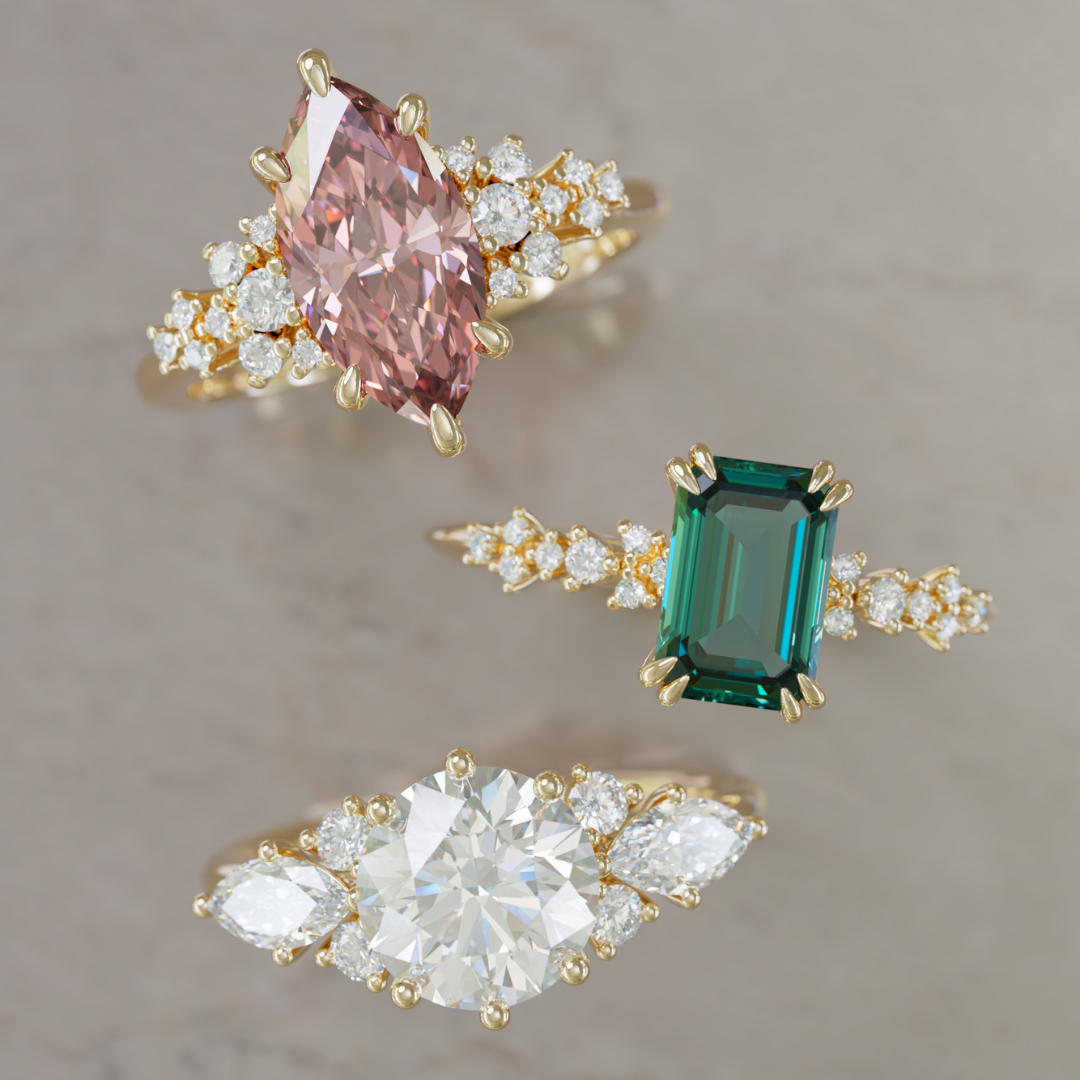







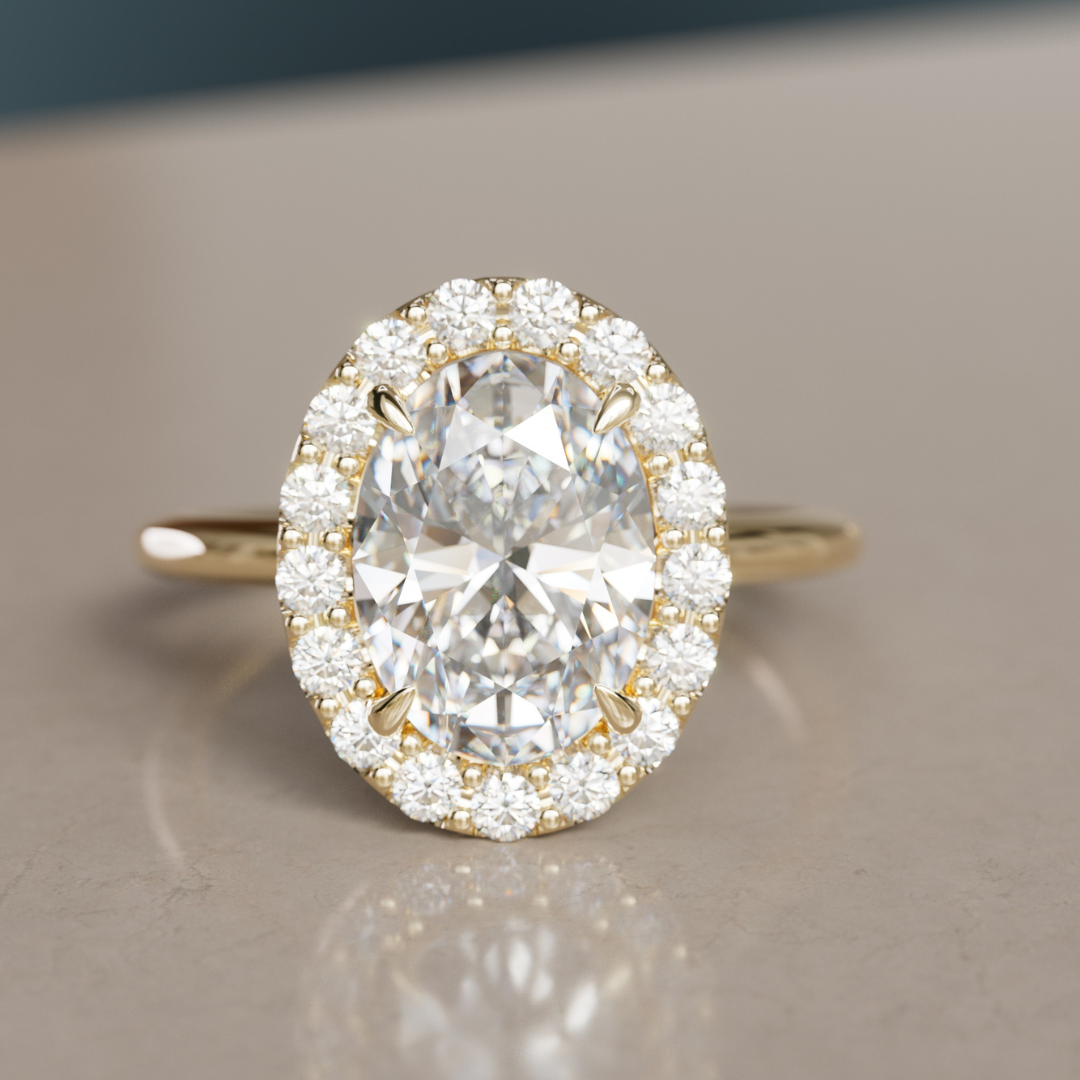
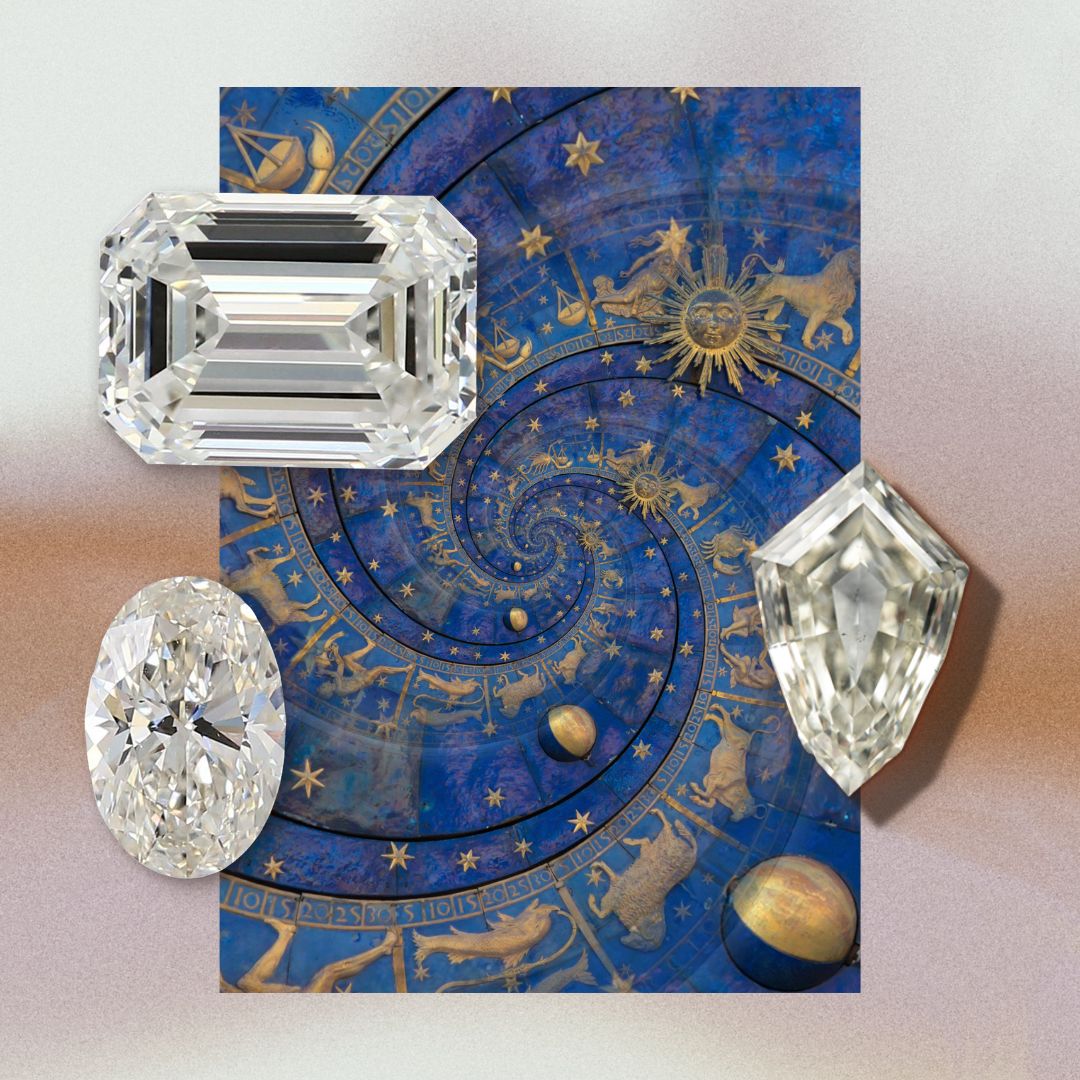





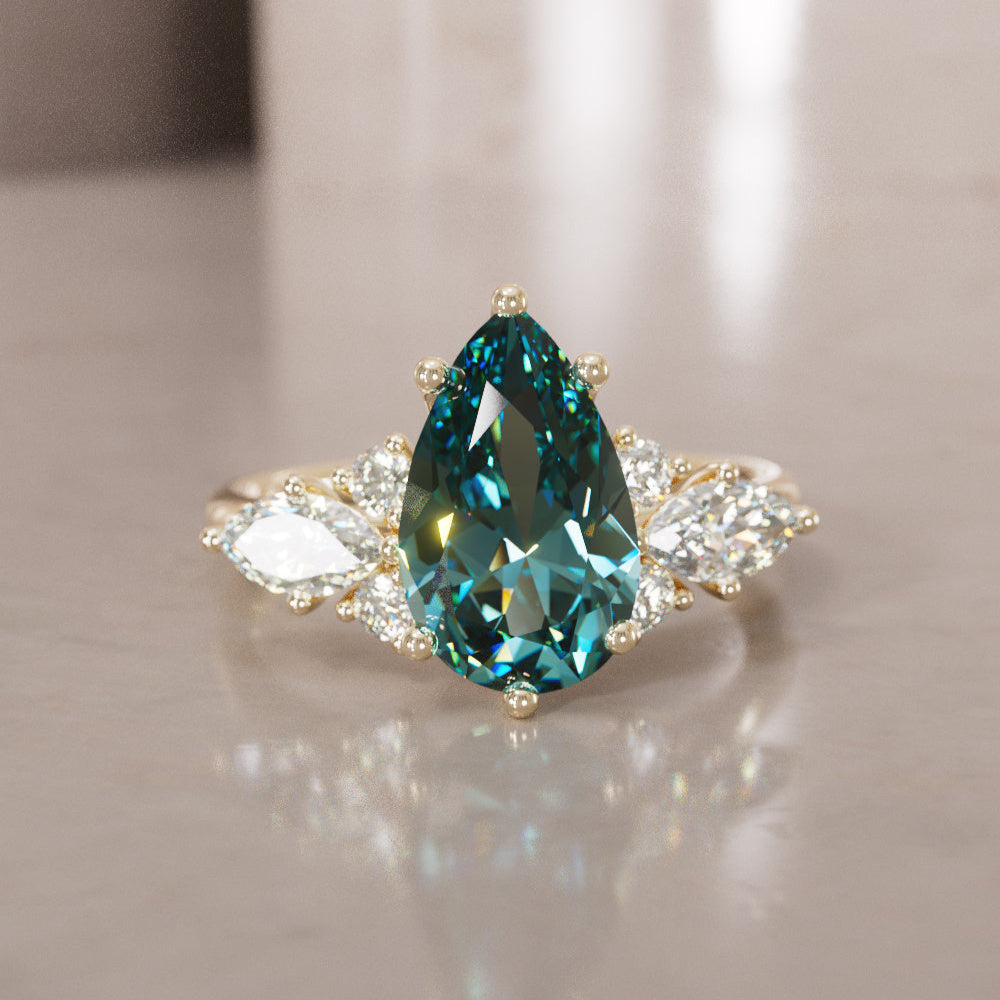
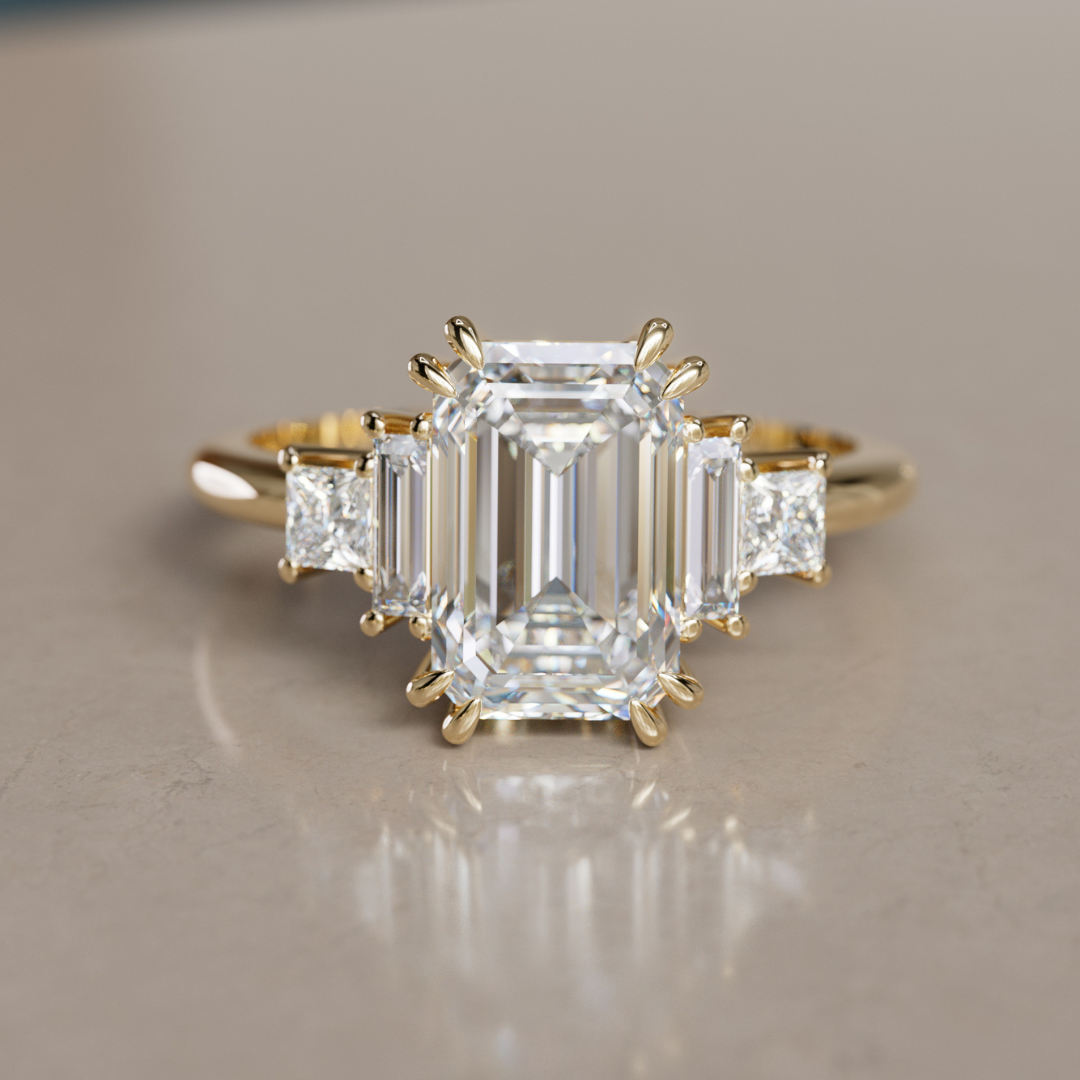

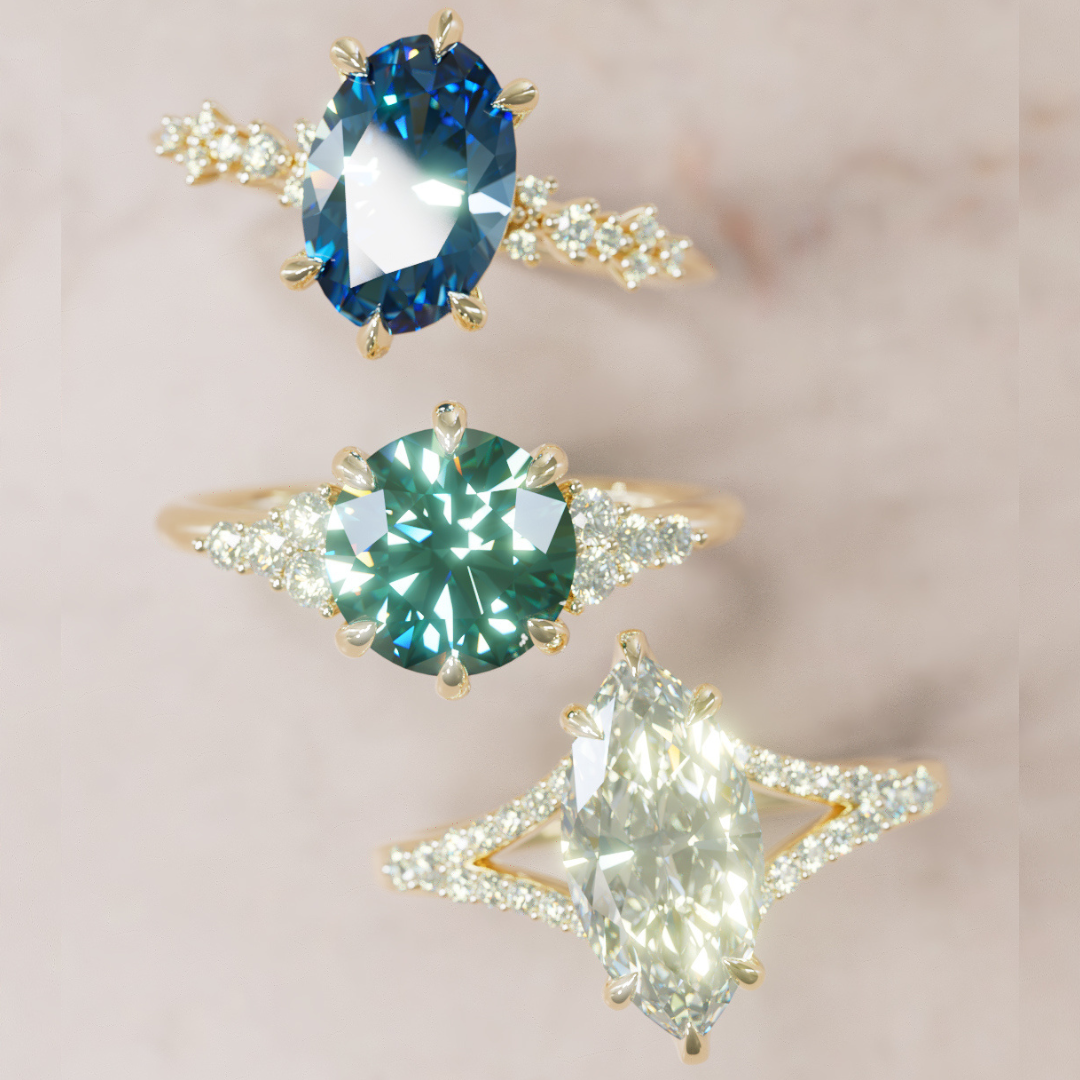
Thank you for sharing the beautiful collection on your blog! Beautiful craftsmanship and meticulous attention to detail are evident in every item. I was intrigued by reading about the numerous varieties and how they go well with different ensembles for different occasions. It’s always so thrilling to discover original jewelry designs that offer just the right amount of sophistication. Keep up the fantastic work, and I eagerly await more updates and creative jewelry styling ideas!
Visit Us :- https://www.samayajewelry.com/
Nice
Thanks for the Informative blog I found your blog and https://dreamdiamonds.com.au/ blog very informative keep posting.
Greetings,
I want to thank you for sharing the information in this article. I have had reservations when it came to purchasing lab-grown diamonds, as well as other lab-grown gems.
I now know to look for/ask about the sustainability certification. I can honestly say that everything I know about lab-grown diamonds comes from Valley Rose Studio (dotcom). It seems to me that it is all I need to know in order to make wise choices in jewellery, for the planet, and to own stunning jewellery pieces at a fraction of the cost!
I really hope this gains a lot of traction because not only is it better for the planet but it is a lot more ethical, people don’t have to die for me to have beautiful and timeless pieces.
I wish you health and prosperity,
Trae King
Leave a comment